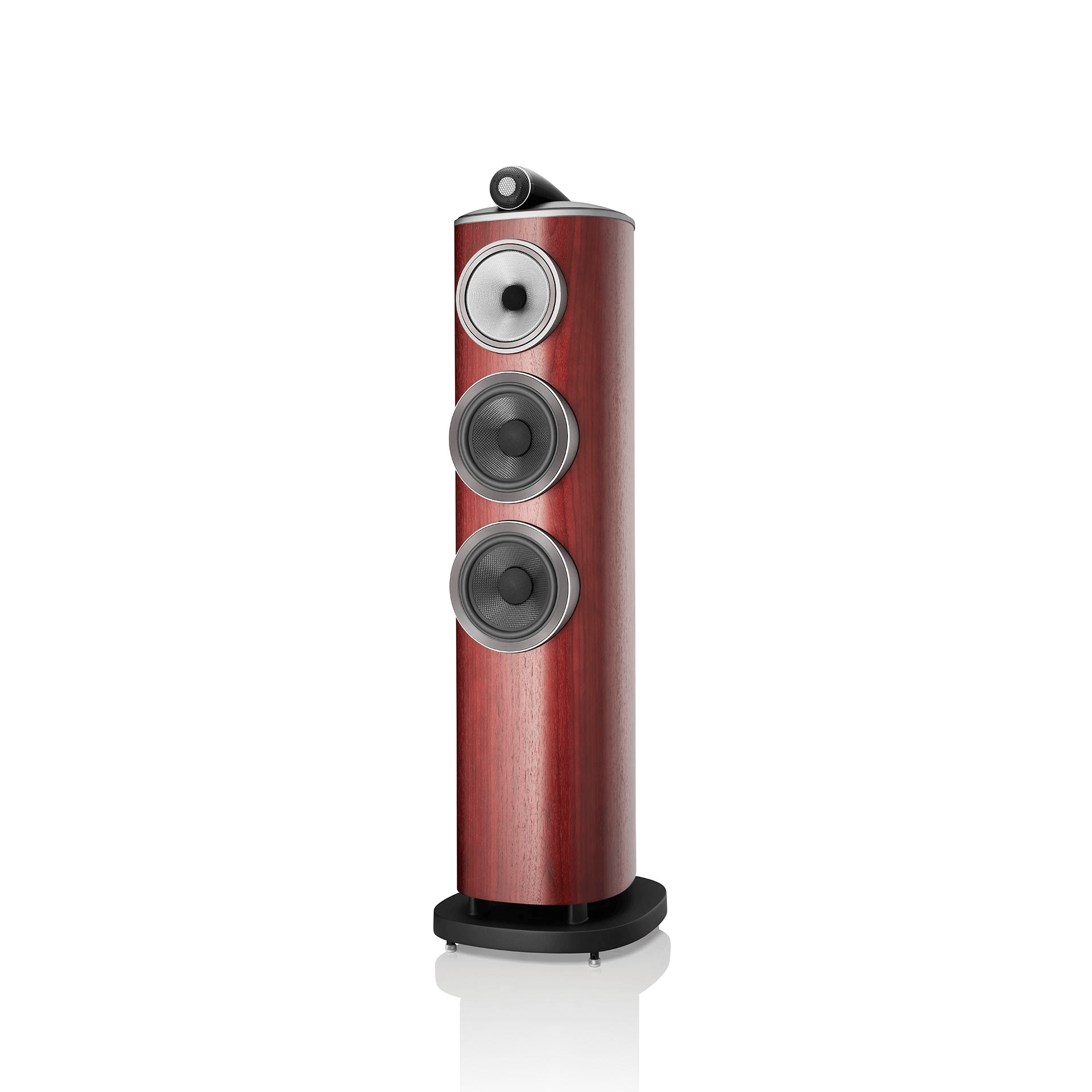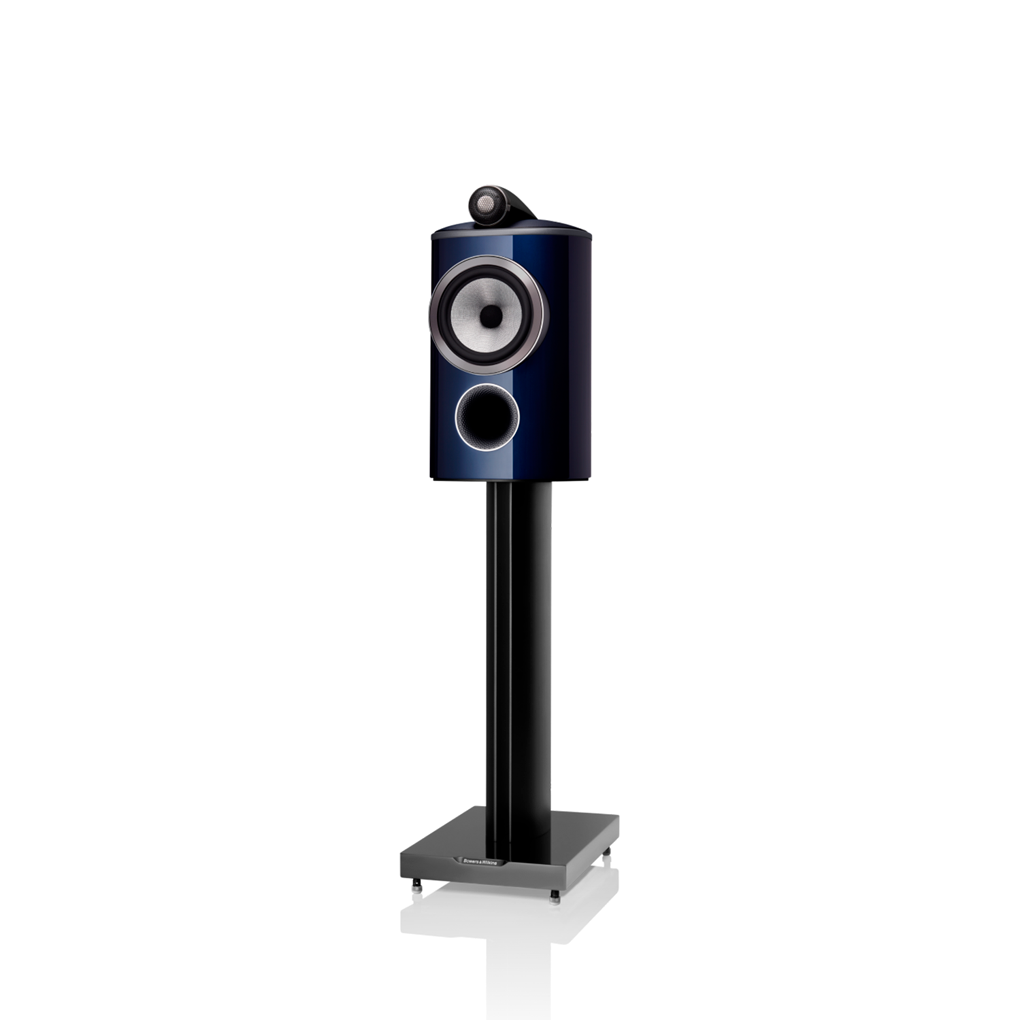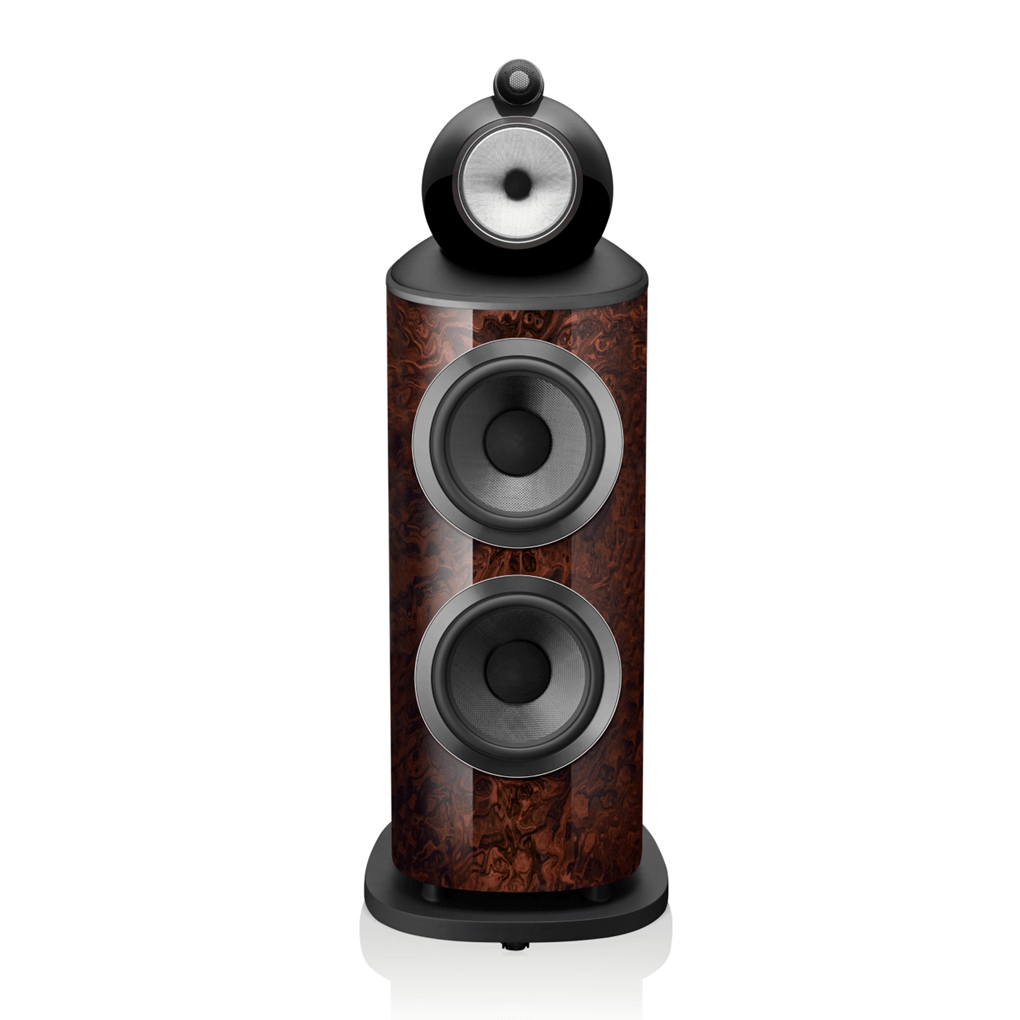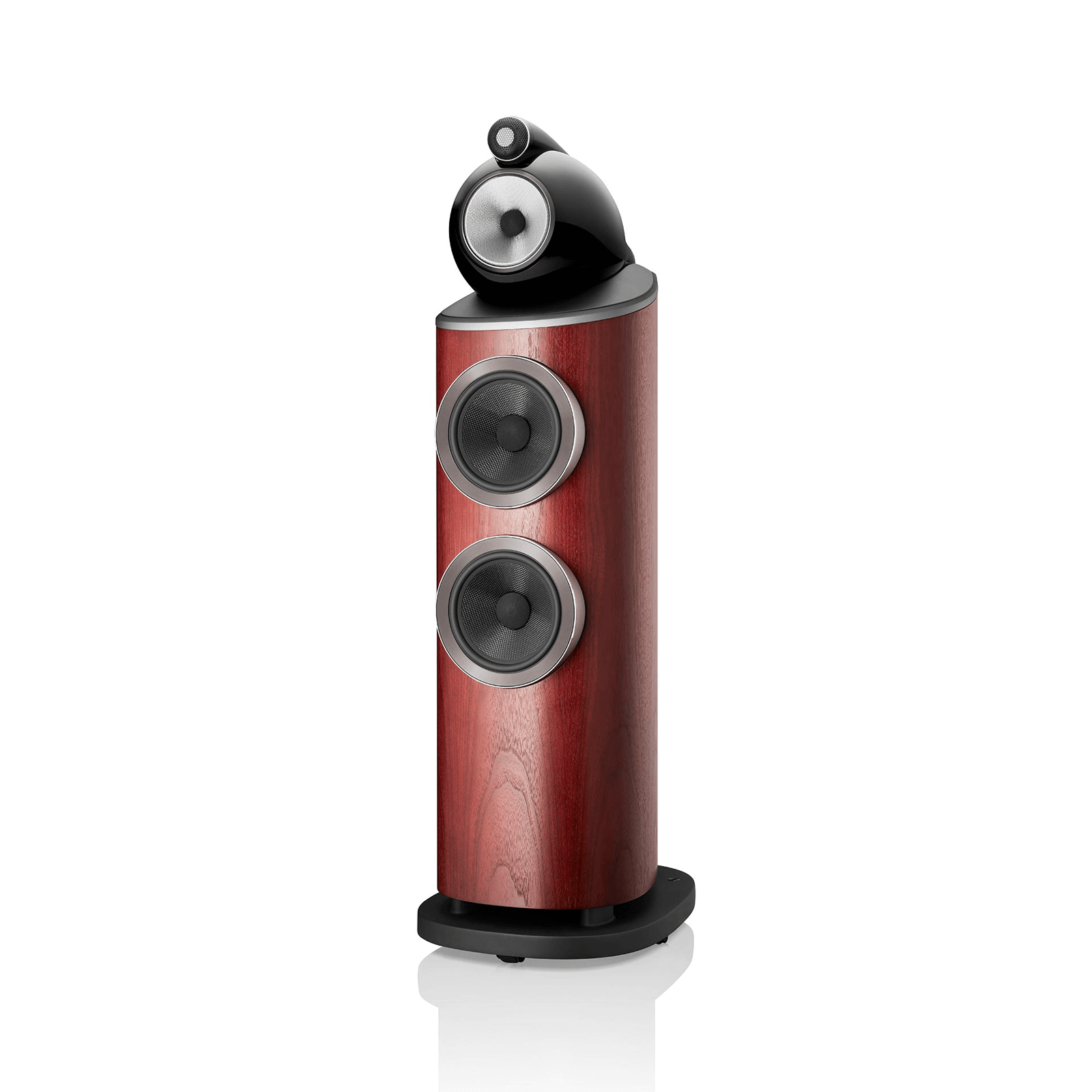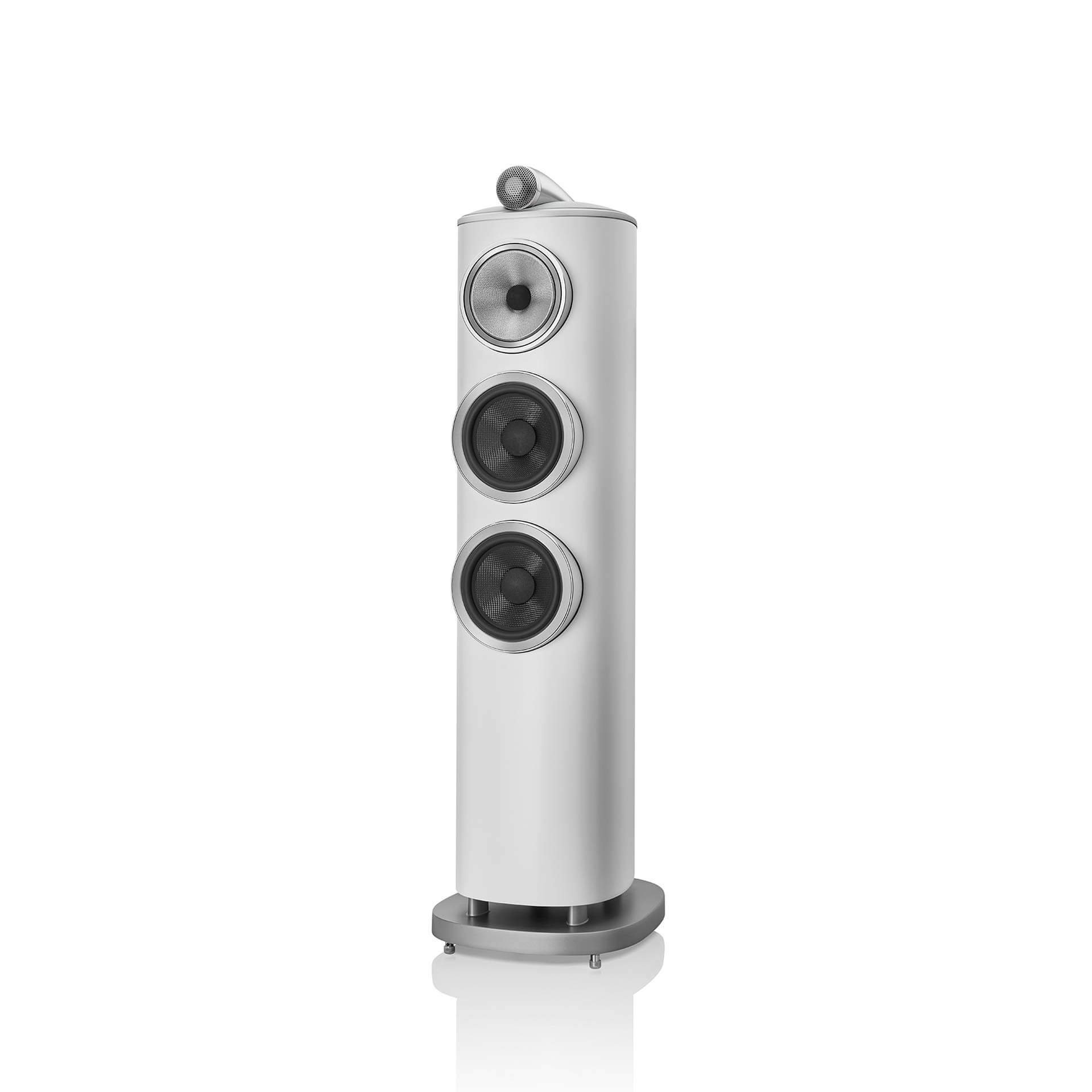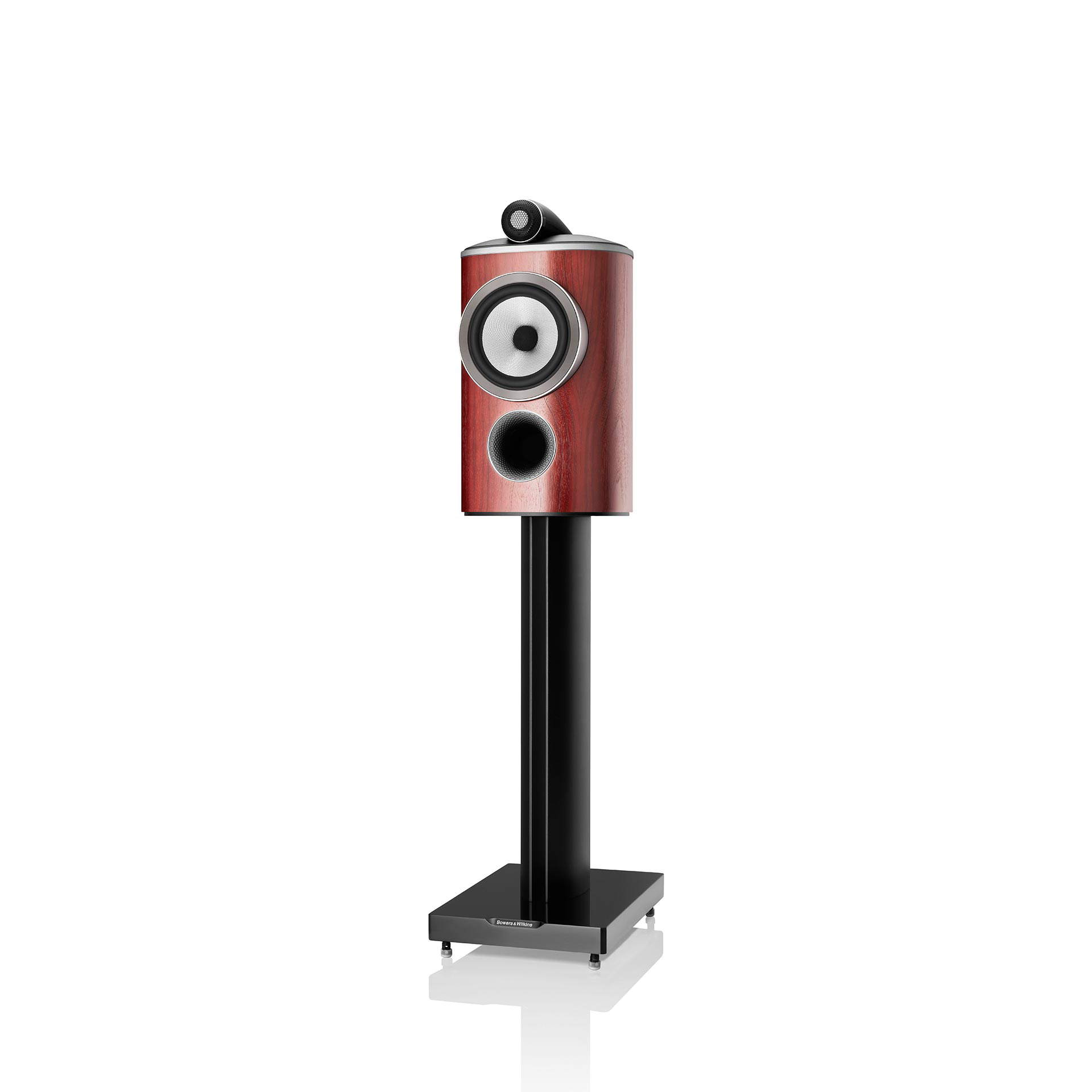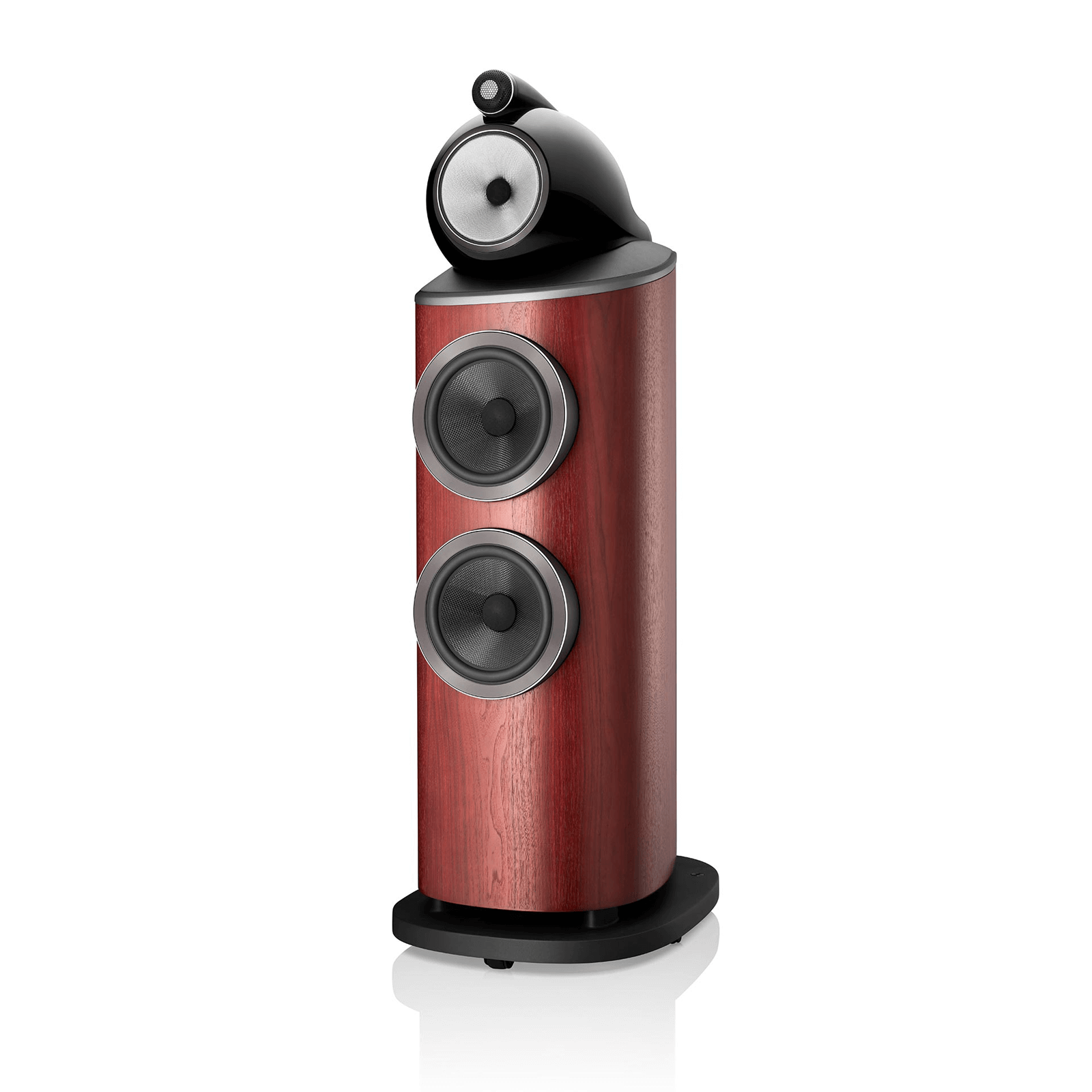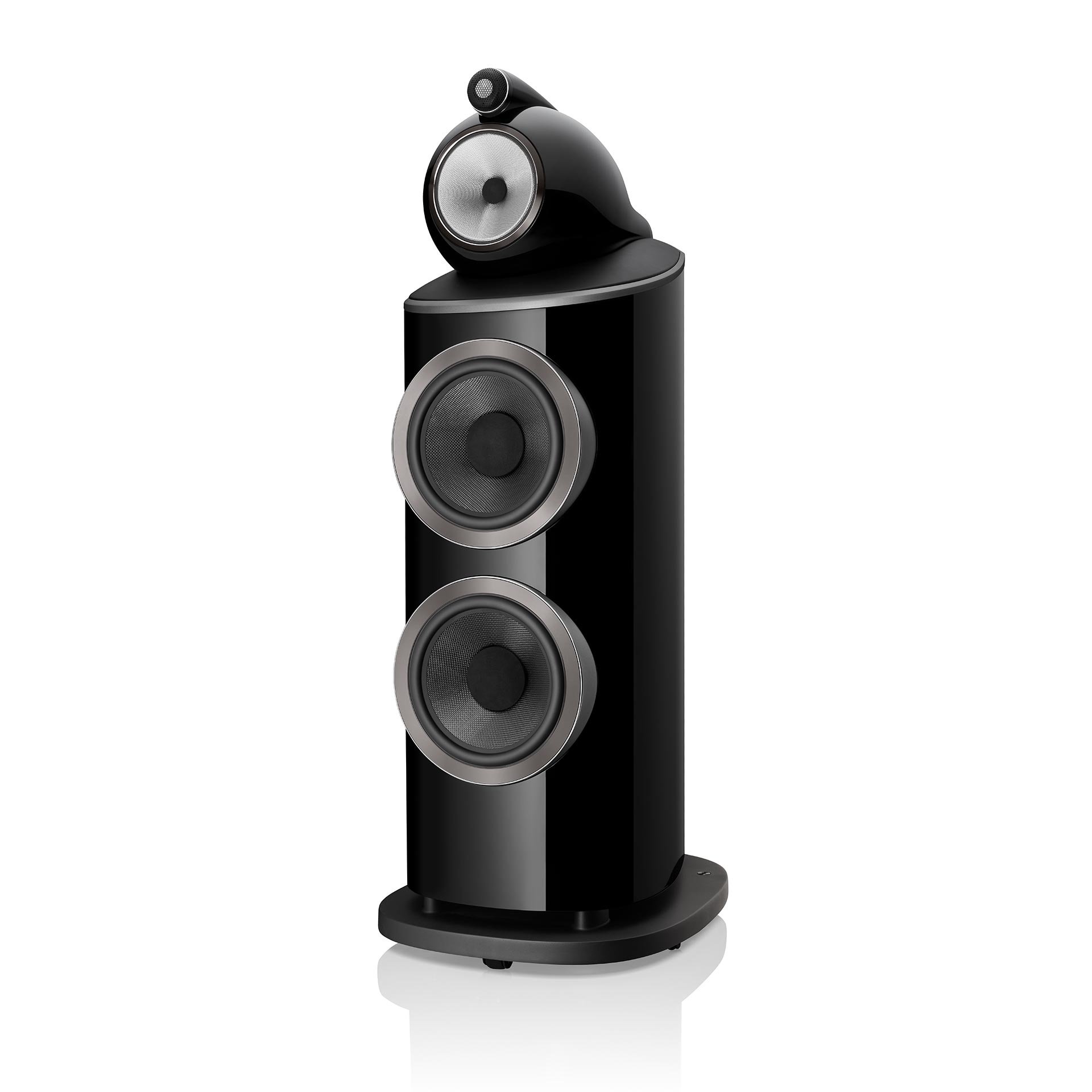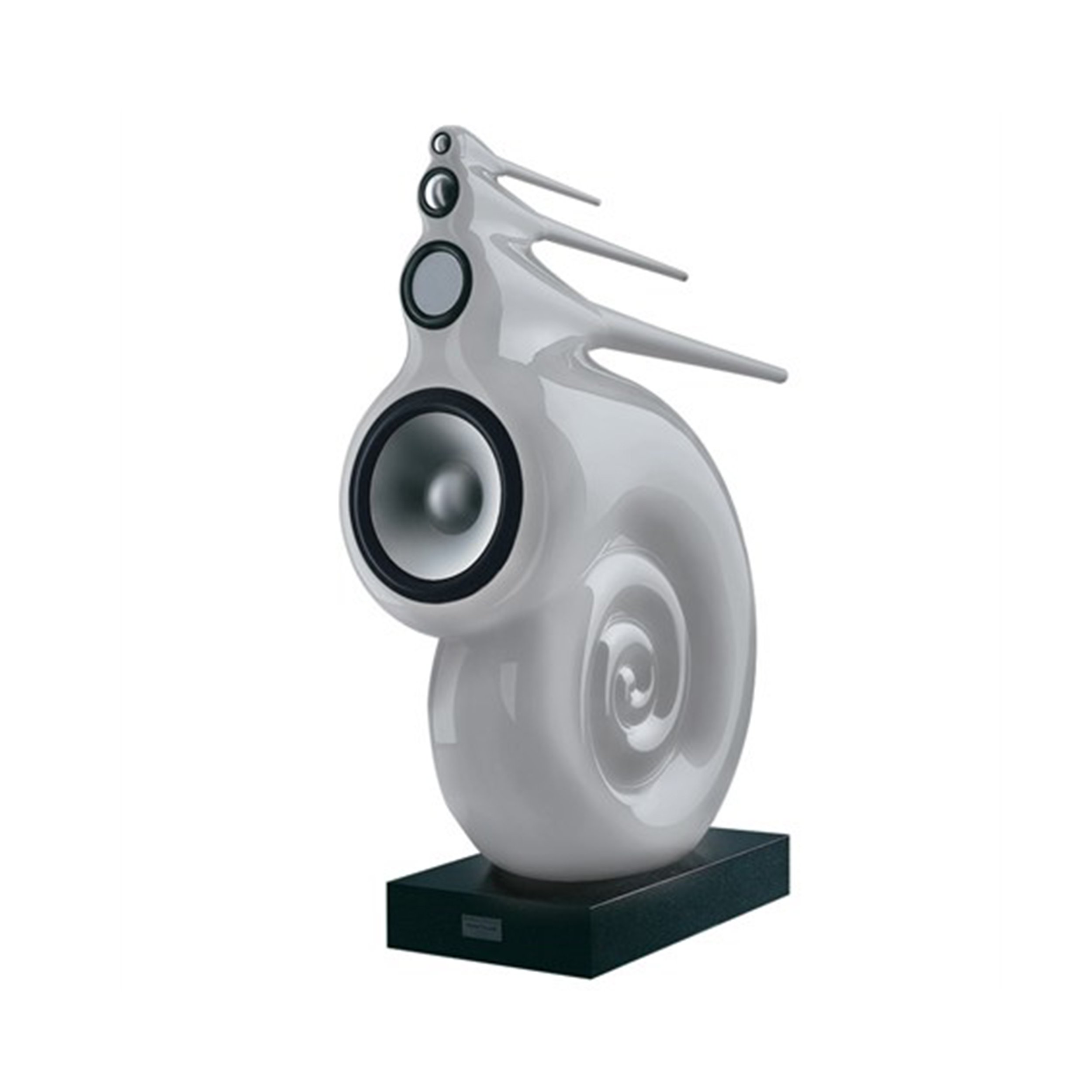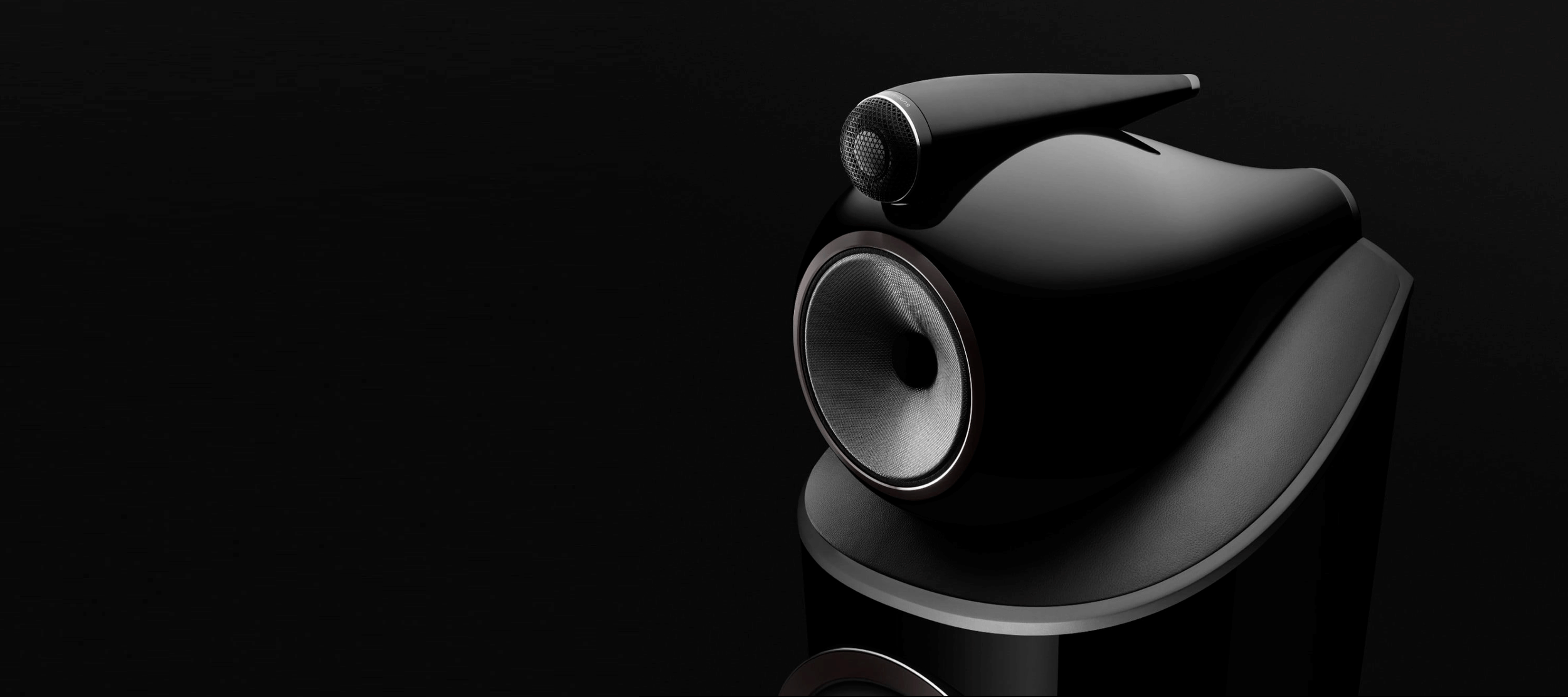
Bowers & Wilkins is a British hi-fi brand that’s been manufacturing speakers for over 50 years. Their products are used by some of the world's top recording artists and sound engineers.
> Shop All Loudspeakers
800 Series Signature
Crafted. Honed. Perfected.
How do the Bowers 805 D4 Loudspeakers compare?
Speaker Type
2 way passive
2 way passive
2-way vented-box
Frequency Responce
40Hz – 30kHz
42Hz - 28kHz
40Hz – 40kHz
Amp Power
50W-120W into 8Ω
25W-250W
50W-120W
Sensitivity
88dB
87dB
86dB
Price
£7,000
£9,700
£9,900
Stand included
No
Yes
No
Nominal impedance
8Ω (minimum 4.6Ω)
6Ω
8Ω (minimum 3.9Ω)
Country
UK
UK
USA


